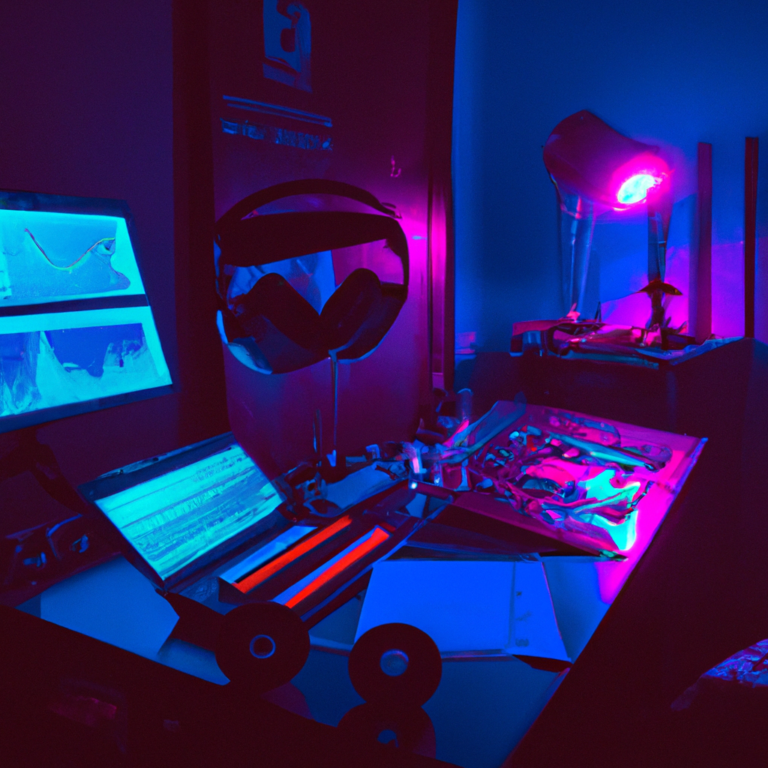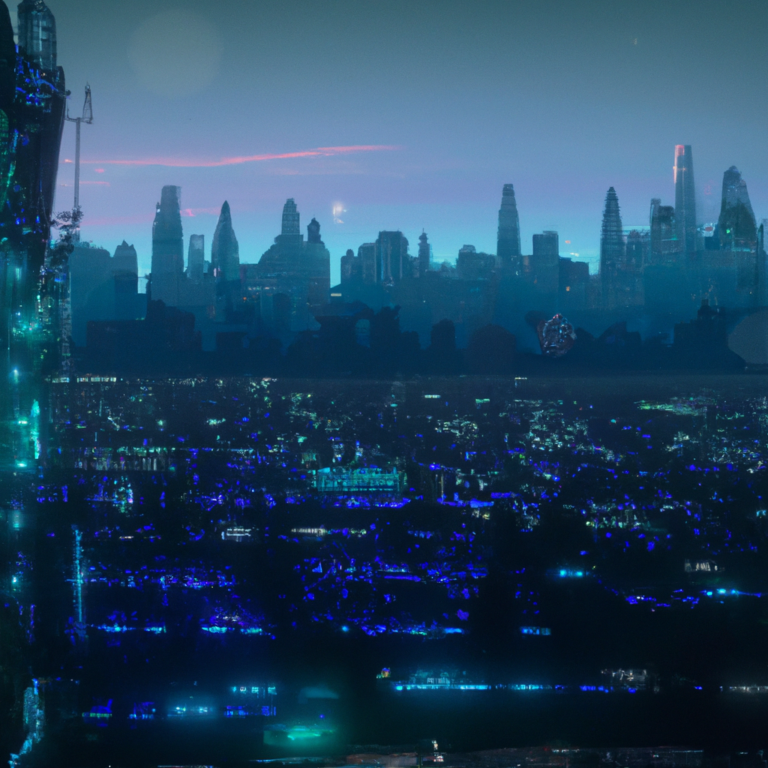“Discovering the Hidden Gems: Unexpected Uses of Technology in Everyday Life”
Technology has come a long way, and its presence has been felt in nearly every aspect of our lives. From communication, entertainment, and work to healthcare, transportation, and education, we have seen countless advancements that have made our lives easier and more efficient. However, beyond these well-known applications, there are many unexpected and sometimes quirky ways in which technology has found a place in our everyday lives. In this blog post, we will explore some of these surprising uses that may not come to mind when you think of technology.
1. Plant Communication
Yes, you heard that right! Plants are now using technology to communicate with humans. A team of researchers at MIT has developed a system where plants can send notifications to a smartphone or computer when they need water or other care. This technology allows for more precise and efficient plant care, and it is especially useful in large gardens or for those with many plants to manage.
2. Traffic Control for Birds
To prevent birds from colliding with planes or causing delays at airports, technology has come to the rescue. One example is the Robird, a drone that mimics the appearance and flight patterns of a bird of prey. When deployed around airports, the Robird can deter other birds from coming too close to the planes, thereby reducing the risk of accidents and ensuring safer skies for all.
3. Smart Tattoos
In recent years, scientists have been developing “smart tattoos” that can monitor a person’s health and even administer medication. These tattoos, made from specialized ink and sensors, can track vital signs like hydration levels, glucose levels, and body temperature. In some cases, they can also release medicine directly into the bloodstream when needed. While still in the experimental stage, this technology could revolutionize healthcare, particularly for those with chronic illnesses.
4. Robotic Fish
To monitor and protect marine environments, researchers have created robotic fish that can blend in with their surroundings. These “biomimetic” robots can swim alongside real fish, collecting data on water quality, pollution, and the health of aquatic ecosystems. This technology allows scientists to gather crucial information without disrupting the natural behavior of the fish or causing harm to the environment.
5. Virtual Reality for Chickens
It may sound odd, but some farmers are turning to virtual reality to improve the lives of their chickens. By providing a virtual outdoor environment, the chickens can enjoy the benefits of free-range living without the risks associated with predators or disease. This technology can also help reduce stress levels and promote healthier, happier birds.
6. AI Companions for the Elderly
For seniors who may be living alone or in assisted living facilities, loneliness can be a significant challenge. To address this issue, some companies have developed AI-powered robots that can provide companionship, conversation, and even assistance with daily tasks. These robots can recognize and respond to emotions, learn preferences, and even tell jokes to keep their human companions engaged and entertained.
7. Edible Drones
In areas affected by natural disasters or conflict, accessing food supplies can be difficult and dangerous. To help deliver aid more efficiently, some organizations have developed edible drones. These unmanned aerial vehicles are made from food-grade materials and can be filled with essential supplies. Once they reach their destination, the drones can be disassembled and consumed, providing both nutrition and an innovative solution to a challenging problem.
In conclusion, technology continues to surprise us with its versatility and potential to improve our lives in ways we never imagined. From plant communication to edible drones, these unexpected uses offer a glimpse into a future where technology is seamlessly integrated into every aspect of our daily lives, making them more efficient, enjoyable, and sustainable.







